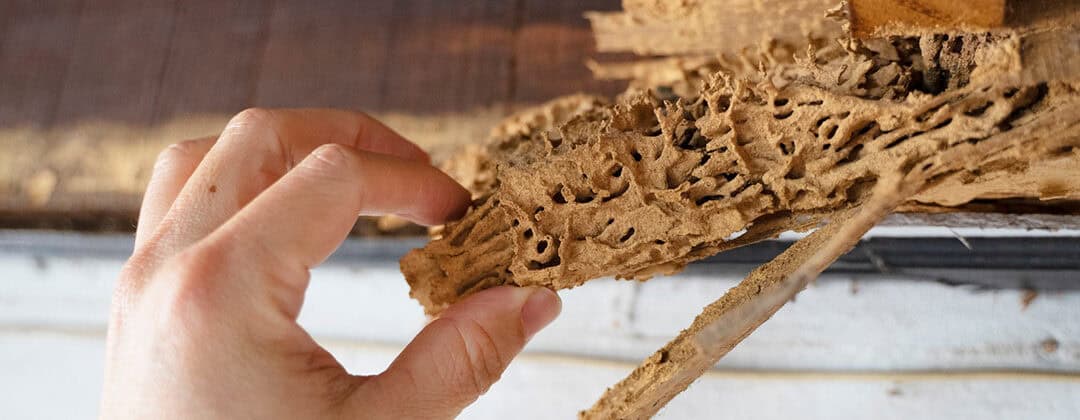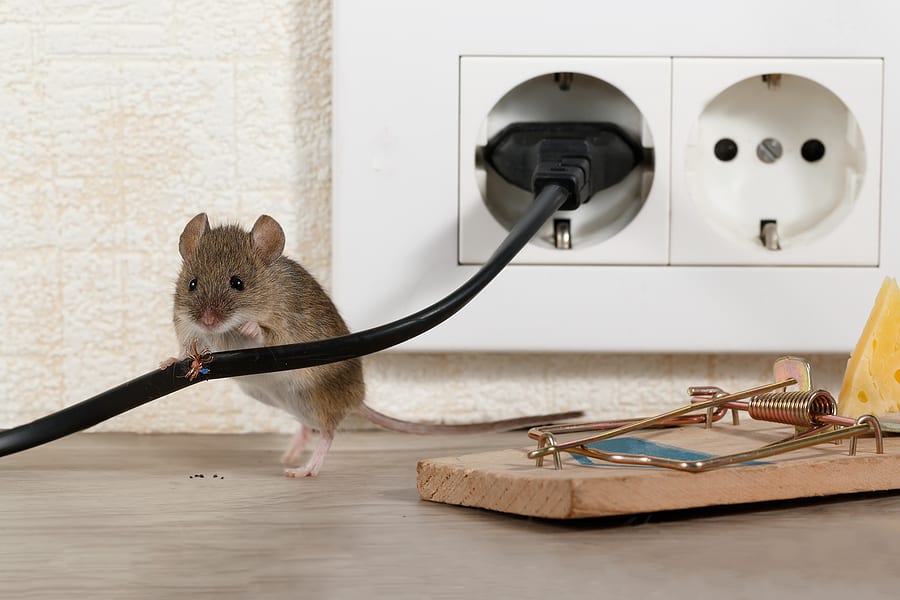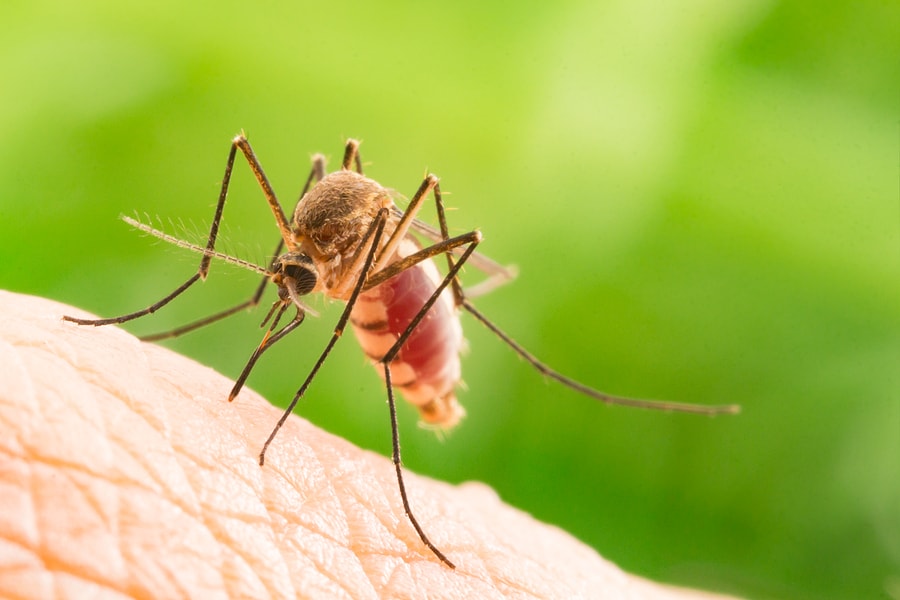READY TO GET STARTED?
REQUEST A FREE ESTIMATE
Fill out the form below or call (336) 226-1448 for a free, no-obligation estimate.

Termites cause billions of dollars in property damage across the United States annually, making them one of the most persistent challenges for homeowners. But in North Carolina, there’s a growing shift toward green pest control that emphasizes sustainable, effective methods for managing termites without compromising the environment.
Whether you’re a homeowner concerned about protecting your investment or an eco-conscious individual looking for termite solutions that align with your values, this guide offers valuable insights into North Carolina’s approach to addressing termite infestations.
Homeowners in North Carolina are becoming increasingly vigilant, recognizing the importance of early detection. Waiting to act typically allows termite colonies to grow, leading to extensive damage to your home’s structure. These insects are often discreet, operating out of sight and under the radar, which means catching them early can save you stress and costly repairs.
Wondering what signs to look for? Here are some of the key indicators of termite presence in your home or on your property:
Regular inspections by pest control professionals can be invaluable in catching these signs before significant issues arise.
There’s a saying in the pest control industry that prevention is better than intervention. While dealing with an infestation can be challenging, North Carolina’s homeowners are increasingly opting for proactive measures that reduce the likelihood of termites becoming a problem in the first place.
Property owners are turning to soil barrier treatments as a way to discourage termites from entering homes. These treatments involve establishing a physical or chemical layer in the soil surrounding your property, making it challenging for termites to gain access to wooden structures.
One eco-conscious solution homeowners can rely on is Sentricon. This innovative termite baiting system is attractive to termites leading to an easy position of eliminating the colony without harmful chemicals, making it a less-toxic and effective option for those looking to protect their homes sustainably.
Another trend sweeping North Carolina is investing in regular termite inspections. Scheduling an annual or semi-annual inspection can help homeowners catch signs of termite activity early. Professionals specializing in green pest control use techniques that allow them to thoroughly assess your property without resorting to invasive or environmentally harmful measures.
Some companies in the area even offer integrated pest management (IPM) services, a forward-thinking strategy that evaluates your home’s unique environment to develop targeted, sustainable approaches to termite prevention or control.
Moisture and termites go hand in hand, as damp conditions create the perfect environment for colonies to thrive. North Carolina’s humid climate can exacerbate this problem, so sustainable pest control strategies often focus on moisture management. Addressing leaky pipes, clogged gutters, or poor drainage can act as a natural deterrent to termites, minimizing the conditions they rely on to survive.
Choosing green pest control solutions offers dual benefits for homeowners in North Carolina. Beyond protecting your property, these methods prioritize environmental health and sustainability. Here’s how they work:
By making eco-friendly decisions, you contribute to healthier ecosystems across North Carolina while protecting your home from potential structural damage.
North Carolina homeowners are leading the way in adopting green pest control practices that prioritize their homes, health, and the environment. Through early detection and preventive measures like soil barriers, inspections, and moisture management, it’s possible to stay ahead of potential termite issues while staying true to eco-conscious values.
If you’ve noticed signs of termites or want to discuss sustainable preventive measures for your home, now is the time to act. Reach out to trusted pest control professionals in your area to keep your property protected.

Many will debate which is more effective – professional pest control or do-it-yourself pest control. There’s a growing trend among homeowners who want to be able to tackle pest control themselves to save time and money. Regardless of the route you take, prevention is always key to controlling pests. Below are some effective DIY pest control tips to try:
Keep Everything Clean
A clean house is much less attractive and hospitable for pests. Cleaning any dirty dishes and food scraps out of the sink will help keep pests away. Also, wipe down your kitchen counters and surfaces daily. Store food and drinks in sealed plastic or glass containers. Empty your garbage cans regularly. Keep your grass mowed and make sure to get rid of weeds. Lastly, keep all shrubs and trees trimmed back so they aren’t touching your house.
Make Your Home Less Attractive to Pests
Pests will come into your home in search of 3 things: food, water, and shelter. If you’re able to eliminate these attractants, pests will have no reason to come in. As referenced above, make sure you keep your home clean. Repair any leaky pipes and faucets both inside and outside of your home. Do not leave pet food or water bowls out overnight. Lastly, declutter your home and try to use plastic storage bins instead of cardboard boxes.
Use Plants as Natural Repellents
Some plants are known to be good pest repellents. Instead of using traditional chemical methods, these plants provide a green pest control alternative. Plant any of these around your home for a natural remedy to common pests:
Seal Them Out
Pests can’t get into your home unless they find a way in. Some pests only need a small opening to get in. Inspect the outside of your home for any potential entry points and seal them up. Make sure to check door frames, windows, utility pipes, and the roof. Repair any broken windows and screens.
Use the Pros
Sometimes an infestation can go beyond the scope of DIY pest control methods. In these circumstances, it’s best to call a professional who can properly identify the pest you are dealing with. They can provide proper treatment as well as ongoing prevention techniques that you can use at home.
If you suspect that you have a pest problem, contact your local pest control company for an evaluation.

Mosquito season is here! Summer rain brings humidity which allows mosquitoes to thrive during these months. Although mosquito season starts in spring, peak season is during the summer when temperatures are the hottest. Mosquito bites leave behind itchy, red welts and can also transmit dangerous diseases to humans and pets. Fortunately, there are a handful of green pest control options that you can use to control mosquitoes. Below are three steps you can take for green mosquito control.
Identify Nesting and Resting Sites
The first step to mosquito prevention is identifying and eliminating what attracts them in the first place. Mosquitoes tend to come around in search of nesting sites and resting sites. All species of mosquitoes lay their eggs in water. While the type of water source may vary between species, it only takes a tiny amount of water for mosquitoes to hatch and develop. You can get rid of any potential breeding sites by:
Protect Yourself from Bites
You should protect yourself from mosquito bites whenever you can. You can do so by:
Applying Green Mosquito Treatments
Mosquito treatments vary in both effectiveness and longevity depending on where you live and what kind of climate you have. Regardless of your location, a green mosquito control program can be effective at helping control mosquitoes. Green mosquito control utilizes eco-friendly products that are just as effective as traditional products.
Our green mosquito reduction program includes an inspection to identify resting and nesting sites, larvicide and adulticides to target all aspects of the population, source reduction and elimination by removing any areas of standing water, plus a service guarantee where they can come back between treatments if needed, usually at no cost.
If you have a problem with mosquitoes or any other pests, contact your local professional pest control company. They should be able to provide you with a thorough inspection and the most up-to-date traditional and green treatment options available for you.